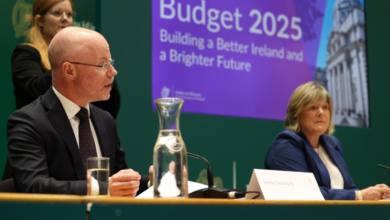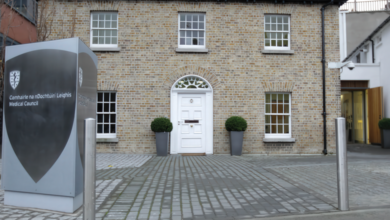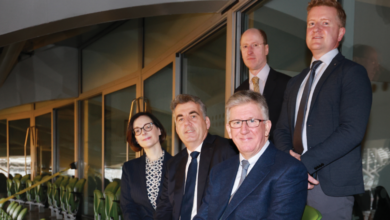Adding real value in health
 Technopath is ‘putting MEAT on the bone’ by driving true value through public procurement in the Irish health system.
Technopath is ‘putting MEAT on the bone’ by driving true value through public procurement in the Irish health system.
Significant changes in the Irish health sector are afoot. The new EU Public Procurement Directive must be transposed into Irish law by early 2016 and it includes a number of changes to the public procurement rules, which have been designed to simplify the tender process.
The HSE remains one of the largest buying sectors across all government departments and so the new directive represents a significant change that has the potential to impact every patient treated across the service. Smart procurement within these new rules, if properly implemented, can simultaneously improve financial outcomes whilst also deliver truly meaningful patient outcomes.
Several key strands in the challenges facing the delivery of modern healthcare come to bear when considering the new procurement changes that are imminent:
1. The current budgetary deficits across the HSE;
2. Rising health costs due to an ageing population;
3. Significant advancements in technology; and
4. The new Office of Government Procurement and its €500 million cost saving target to be achieved by 2017.
Much has been made of encouraging and promoting SME access to government tenders. Circular 10/14, amongst other publications, is encouraging. However initiatives such as these seem to fall short of realising the true potential that SMEs, particularly in the health sector, can actually deliver. Private enterprises don’t want a hand-up but rather want to do what they do well – innovate!
Indigenous small and medium enterprises, such as Technopath, have the ability to offer true meaning to the award criteria suggested in the new directives. Awarding the ‘Most Economically Advantageous Tender’ or MEAT, as the Directive mandates, means that true ‘value’ needs to be defined as it applies to the delivery of healthcare. The easy path is to rush to the bottom by awarding the lowest price but fundamentally this betrays the sentiment in both the new directive and also in the delivery of leading class healthcare across our population. Unit prices may appear more expensive. However, new technologies can offer significant benefits to patient care which can result in cost savings over a longer term.
SMEs such as Technopath can offer significant opportunities to allow healthcare professionals to achieve just this by offering innovative and informed solutions. Therapeutic areas where we have already delivered include:
• Gastroenterology – fewer readmissions post insertion of feeding tubes (our nursing support services in the community generate an estimated €500,000 savings in the HSE in reduced readmissions);
• Surgery – technologies designed to shorten hospital stay post-surgery resulting in earlier discharge and ensuring substantial cost savings;
• Interventional radiology – often cheaper unit price items require more frequent patient intervention and therefore a higher volume of units purchased (our innovative technologies allow for a longer use and are therefore resulting in less units purchased).
The new EU directives include terms such as ‘innovation partnerships’ and ‘life cycle costing’ in order to encourage the right type of procurement. For us in health, the time is now to ensure that Government will capture the opportunity that lies before it and embrace the spirit of the new directives to allow companies, such as Technopath, to design innovative and tailored solutions unique to our healthcare system.
Partnership and collaboration between government, healthcare professionals and industry within the new rules the directives provide, can truly deliver best in class solutions across the Irish healthcare system.
Technopath
Fort Henry Business Park
Ballina, Co Tipperary
Tel: +353 (0)61 335844
Email: info@techno-path.com
Web: www.techno-path.com





